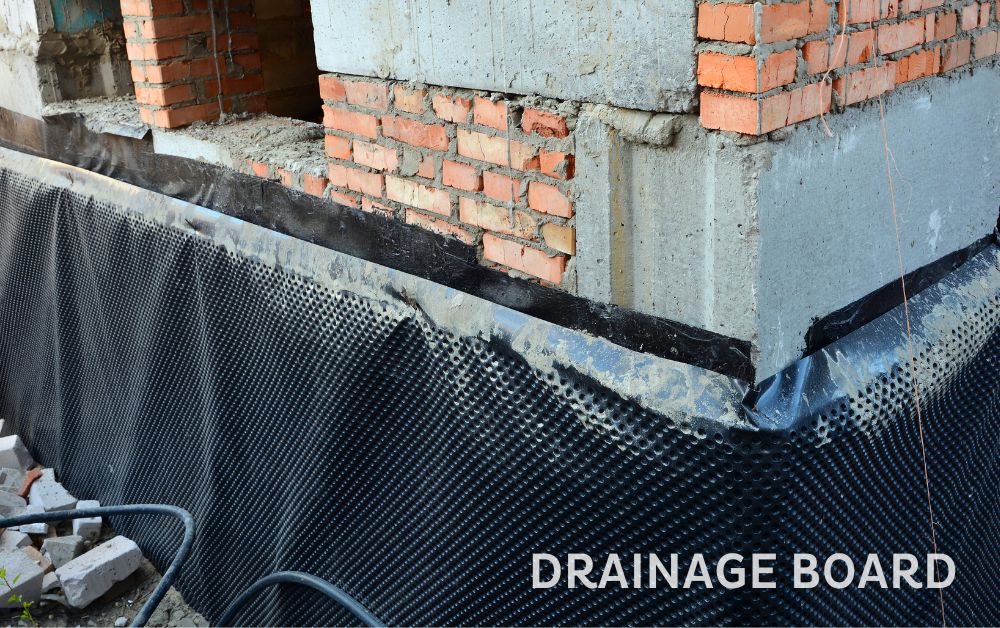An Homeowner’s List for Waterproofing Achievement

Waterproofing is a vital aspect of home maintenance that commonly gets overlooked. Many homeowners fail to realize the significance of keeping their properties safe from moisture damage, which can lead to costly repairs and long-term physical issues. Understanding why waterproofing is essential for every home and structure is the first step towards securing a protected and damp-free environment for your family. With the potential to save lots in repairs, the benefits of waterproofing greatly surpass the upfront investment.
In this comprehensive guide to waterproofing, we will discuss everything you need to know about safeguarding your house from water damage. Whether Visit the website dealing with a dripping basement, a weak roof, or humidity-prone areas like bathrooms and kitchens, our guide will provide you with the insights you need to take steps. From busting popular waterproofing myths to identifying the signs that your property needs care, we have you included. Let's dive into the key strategies for waterproofing success and make your house a fortress against moisture.
Understanding the Importance of Water Resistance
Water resistance is an integral aspect of house and infrastructure maintenance that often goes disregarded. Without adequate waterproofing, a building is susceptible to moisture damage, which can lead to structural issues, fungal growth, and financial burdens. By implementing waterproofing solutions, homeowners can defend their properties and boost the overall durability of their buildings.
One of the main reasons waterproofing is vital is the avoiding of moisture entry. Whether it's through the base, top, or walls, moisture can seep into a building, causing deterioration that may not be apparent at first. By tackling these potential entry points, property owners can avoid significant costs related to fixes and renovations in the long run. Not only does waterproofing protect against current threats, but it also serves as a preventative measure against upcoming threats.
Moreover, effective waterproofing contributes to energy efficiency in buildings. When humidity is managed, the chance of thermal inefficiency due to dampness is reduced, resulting in reduced heating and cooling costs. Investing in waterproofing not only shields your home but also offers financial benefits through potential savings, making it an essential consideration for any building manager.
Vital Moisture-Proofing Techniques and Solutions
Efficient waterproofing starts with a comprehensive assessment of your premises to spot at-risk areas. For cellars, applying waterproof paints and membranes on sides and floors can prevent moisture infiltration. Interior solutions such as drainage systems and sump pumps assist manage water invasion by directing it away from critical areas. Additionally, making sure that gutters and downspouts are operating well can lessen water build-up near your foundation.
When dealing with roofs, selecting the right waterproofing materials is important. Liquid waterproofing membranes are popular for flat roofs, as they provide a uninterrupted barrier against leaks. For angled roofs, opting for quality waterproofing coatings can safeguard against severe weather and prolong the longevity of roofing materials. Regular maintenance is key, including reviewing for cracks and verifying seals around vents and chimneys are intact.
Ultimately, waterproofing outdoor structures such as decks and patios requires particular techniques to enhance durability. Utilizing sealants formulated for exterior surfaces can stop water damage and improve life span. For balconies and terraces, proper drainage systems are necessary to prevent water accumulating and subsequent structural issues. By implementing these techniques, homeowners can ensure comprehensive protection from water-related problems.
Making Educated Choices: Do-It-Yourself vs. Professional Waterproofing
When evaluating between DIY and expert waterproofing, it is important to consider your capabilities, the difficulty of the project, and the potential risks involved. DIY waterproofing can be attractive due to the reduced costs and the satisfaction of completing a home improvement project. However, many homeowners misjudge the technicalities required in properly waterproofing areas like cellars or roofs. Errors committed during a DIY project can result in larger problems down the line, which could costing more in repairs than if a professional had been hired from the beginning.

On the other hand, hiring a professional waterproofing contractor guarantees that the job is completed correctly and efficiently. Professionals offer expertise, specialized tools, and access to high-quality materials that the average homeowner may not have. In addition, they can identify underlying issues that may not be clearly visible to an inexperienced eye. This level of attention to detail can save homeowners time and costs over the long term by preventing problems such as mold growth, structural damage, and potential health hazards from leakage.
Ultimately, the choice between DIY and professional waterproofing should depend on your comfort with home improvement projects, the specific requirements of the waterproofing task at hand, and your financial limits. If the project is straightforward and you possess the necessary skills, DIY may be the way to go. On the flip side, for trickier challenges or if you are uncertain, investing in professional services is often the wiser choice, offering peace of mind and durable results.
